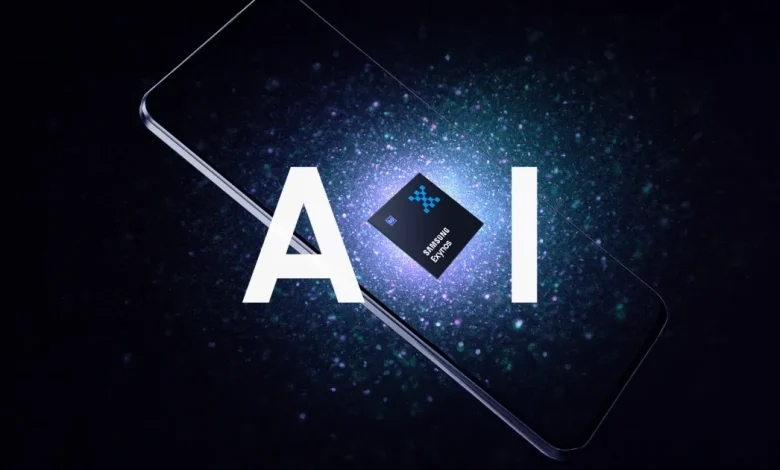
Will On-Device AI Replace Cloud Processing?
As on-device AI grows smarter and faster, experts debate whether it will soon overtake cloud processing in everyday applications.
The rise of on-device AI is reshaping how devices process information. Rather than sending data to distant servers for analysis, devices now have the power to handle AI tasks locally. This evolution is being driven by improvements in hardware efficiency, edge computing, and user privacy concerns. As a result, smartphones, wearables, and IoT gadgets are getting smarter without relying on an internet connection.
One of the most significant advantages of on-device AI is real-time performance. Since there’s no latency from data transfers to the cloud, operations such as voice recognition, facial ID, or camera enhancements become nearly instantaneous. This not only improves user experience but also makes technology accessible in areas with limited connectivity.
Privacy, Speed, and Control at the Edge
Beyond performance, on-device AI brings major privacy benefits. Since data never leaves the device, sensitive information stays secure—something that appeals strongly to privacy-focused consumers. In applications like health tracking or personal assistant tools, keeping data local reduces the risk of breaches or misuse.
Moreover, on-device processing significantly reduces dependency on stable internet connections. As AI becomes essential in everyday tasks, users demand systems that can function under any condition. On-device AI empowers devices to operate efficiently, even in offline or restricted environments—making it ideal for autonomous vehicles, field sensors, or mobile devices in rural settings.

The Cloud Still Holds the Upper Hand in Scale
However, it’s too early to declare the end of cloud-based AI. Tasks that require immense computational power—like training large language models or aggregating massive datasets—still need the cloud’s infrastructure. While on-device AI excels in inference and real-time response, it’s limited by battery life, processing speed, and memory constraints.
Cloud platforms remain vital for centralized learning, data synchronization, and heavy-lifting computations. Developers often use hybrid models that split responsibilities: the cloud handles training and coordination, while on-device AI takes care of fast, local execution. This symbiotic approach is likely to dominate in the near future.

Looking Ahead: A Shift in AI Deployment Strategy
As hardware continues to evolve, on-device AI will become more capable of handling complex tasks. We’re already seeing chips like Apple’s Neural Engine and Qualcomm’s Hexagon processors enabling faster, more energy-efficient processing directly on devices. In tandem, software frameworks like TensorFlow Lite and Core ML are simplifying the transition for developers.
Still, the goal isn’t to fully replace cloud computing—it’s about optimizing AI placement. The trend is toward a balanced architecture, where on-device AI handles immediate, personalized tasks, and cloud systems manage broader, data-heavy responsibilities. This distributed intelligence model offers the best of both worlds: fast performance and scalable intelligence.



